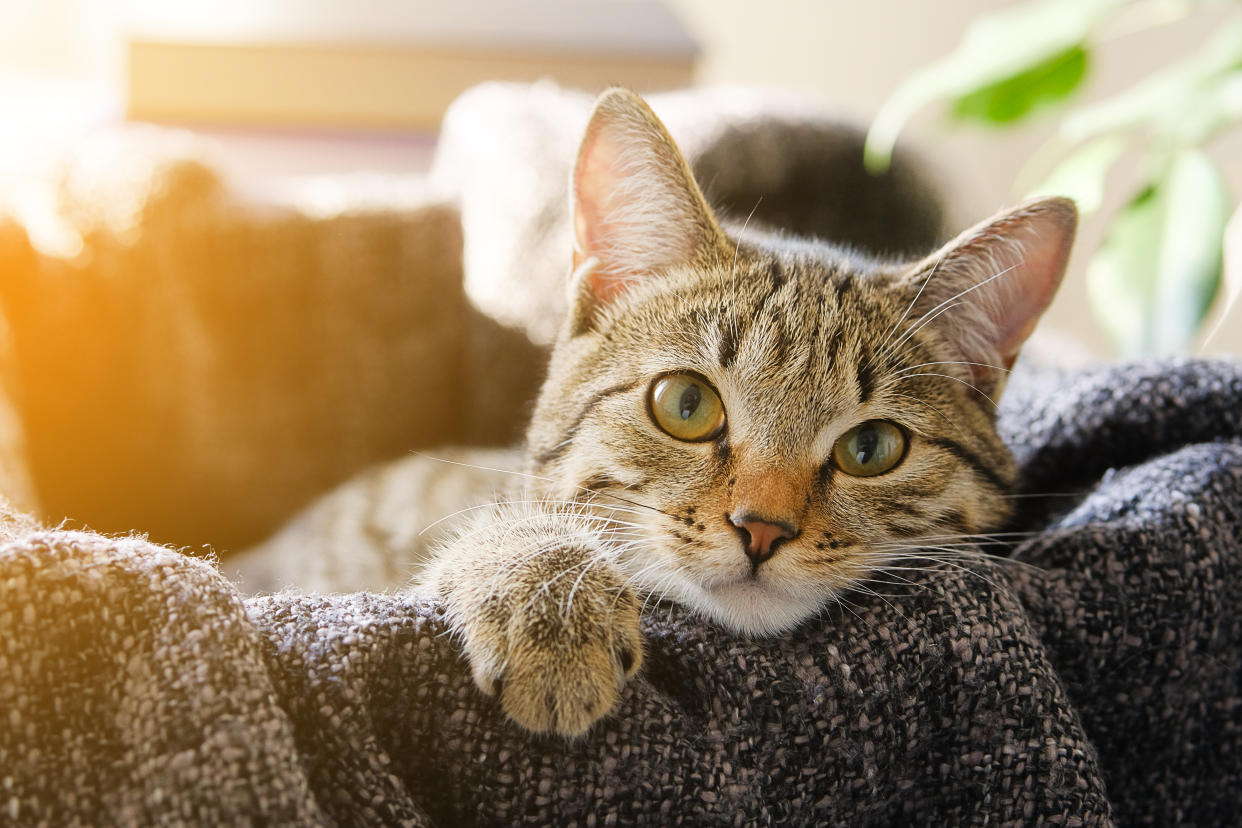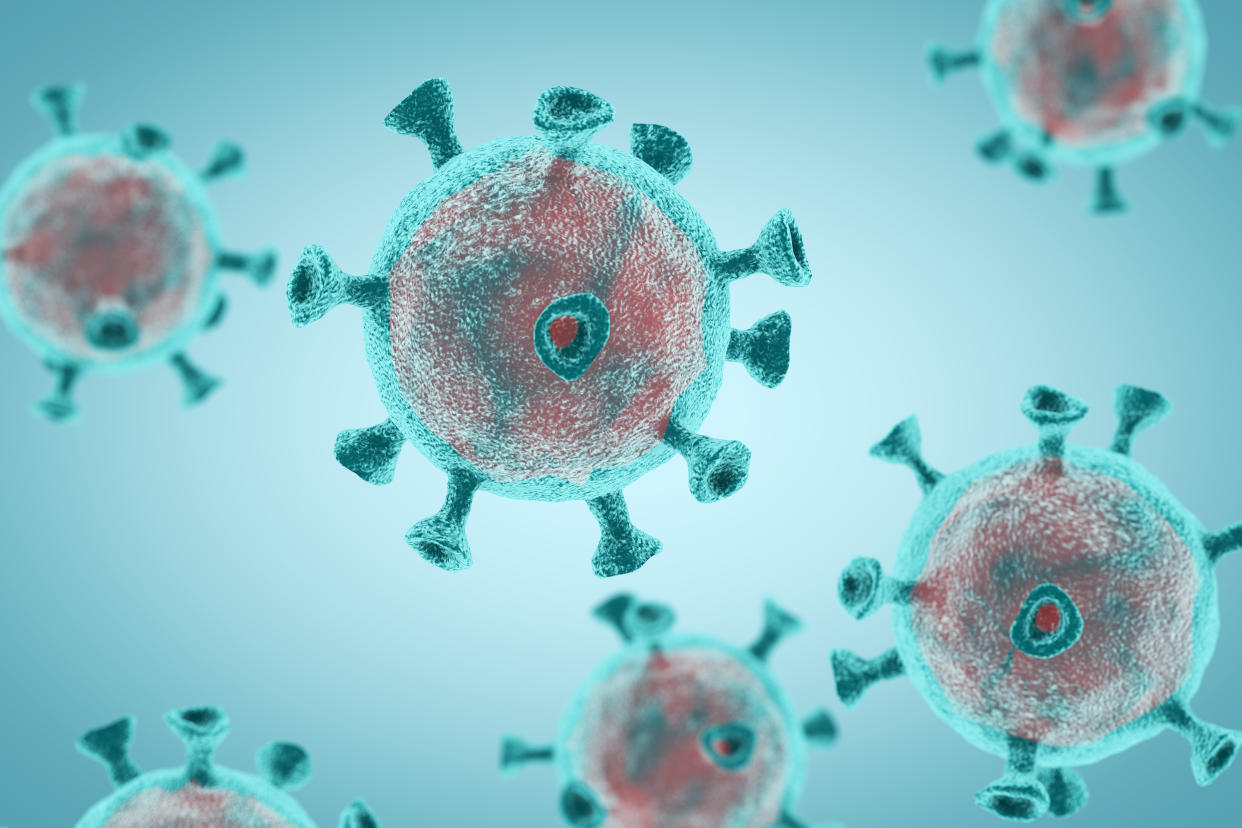Kitten dies amid growing evidence of COVID human to cat transmission

The coronavirus has infected at least two cats in the UK, a study has shown. Since the outbreak emerged at the end of 2019, experts have questioned whether animals can catch the virus or develop severe complications.
With evidence previously unclear on whether domesticated cats are vulnerable, scientists from the University of Glasgow have now found that two cats had a confirmed infection after living with suspected human cases.
One four month old cat's condition deteriorated and it was put down in April. A post-mortem examination revealed the kitten had coronavirus-positive tissue in its lungs.
Read more: 26 animals 'regularly in contact with people may be susceptible to coronavirus'
Speaking of the case, Professor Eleanor Riley, from the University of Edinburgh, said: "A number of health-related issues have been linked to the genetic mutation that causes the Ragdoll phenotype, including heart defects.
"Whether this, or the very young age of the cat, is relevant here is unknown. It would be unwise to draw any conclusions from a single case."
Very few cases have so far been discovered in animals: A Hong Kong dog hit the headlines in March 2020 after testing "weak positive" for the coronavirus and dying.
A tiger in a New York zoo later caught the infection from an asymptomatic keeper, even developing the tell-tale dry cough.
Read more: Canine coronavirus causes 'severe vomiting' in dogs
Although it is unclear how the cats became infected, the scientists have warned that cats "often live very closely with their owners", sometimes "licking their faces" and even sleeping in their beds.
With the coronavirus known to survive on certain surfaces, washing a cat's bowl or cleaning its litter tray could also pose a risk, they added.

"These findings indicate human-to-cat transmission of SARS-CoV-2 [the coronavirus] occurred during the COVID-19 [the disease caused by the coronavirus] pandemic in the UK, with the infected cats displaying mild or severe respiratory disease," said lead study author Dr Margaret Hosie.
"Given the ability of the coronavirus to infect companion animals, it will be important to monitor for human-to-cat, cat-to-cat and cat-to-human transmission."
Read more: Why coronavirus infects some animals and not others
The coronavirus is primarily a human infection, spreading face-to-face when droplets are expelled in a patient's cough or sneeze.
Cat-to-cat transmission has been "demonstrated experimentally", however, the extent to which the circulating coronavirus is a "feline pathogen" was "poorly understood", the Glasgow scientists wrote in the journal Veterinary Record.
Feeling it was important to "address whether domestic animals are susceptible to disease or pose any risk to humans", the scientists analysed various cats' physical examinations, swabs and lung tissue.
Watch: Dogs could smell coronavirus in body odour
The Glasgow scientists also analysed 387 nose and throat swabs collected from cats for "routine respiratory pathogen testing".
Of these, the team estimates around 19 came from coronavirus-affected households, based on the infection's prevalence at the time of the swabs.
A swab collected from a Siamese later known as "cat two"came back positive.
The six-year-old female was taken to a vet after enduring a runny nose and "yellow discharge" from both eyes. The Siamese overcame the infection.
One of its owners had coronavirus-like symptoms at the time of the vet visit and later tested positive.
The true frequency of human-to-animal transmission is likely to be underestimated, due to pet testing being limited, according to the scientists.
Overall, human-to-animal transmission is thought to be "relatively low risk", both from a public and pet health perspective.
"Nevertheless, as human-to-human transmission eventually wanes, prospects for transmission among animals become increasingly important as a source for re-introductions to humans," wrote the scientists.
It is unclear if an infected cat could pass the circulating coronavirus to another animal or human. A "cat derived" strain of the infection would "highly likely" spread to other species, however.
This risk may be highest in "highly contaminated, crowded environments", like the Danish farms where infected minks were thought to have spread the coronavirus to both cats and humans.
While further research is required, the Glasgow scientists have stressed the results "highlight the importance of co-ordinating the testing of humans and animals".
Watch: Dog face masks flew off shelves at start of pandemic
When it comes to animals catching the coronavirus, experts have previously warned against "mass hysteria".
When news of the "weak positive" Hong Kong dog broke, Professor Jonathan Ball from the University of Nottingham stressed "we have to differentiate between real infection and just detecting the presence of the virus".
"The fact the test result was weakly positive would suggest this is environmental contamination or simply the presence of coronavirus shed from human contact that has ended up in the dog’s samples," he said.
Professor Glenn Browning from the University of Melbourne agreed animal owners should not panic, adding: "People appear to pose more risk to their pets than they do to us."
The World Health Organization (WHO) has stressed, however, anyone with confirmed or suspected coronavirus should "limit contact with companion and other animals".
"When handling and caring for animals, basic hygiene measures should always be implemented," the WHO states.
"This includes hand washing after handling animals, their food or supplies, as well as avoiding kissing, licking or sharing food."



